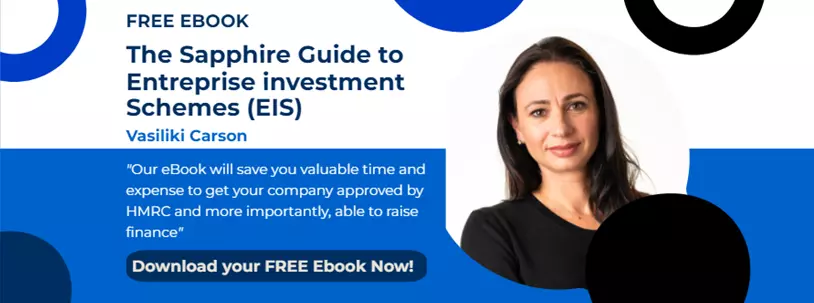As per my prior blog about ESG in the EIS world, investors are placing a lot of value on environmental, social, and governance matters. From the company's perspective, there is a distinction between taking ESG matters into consideration, and actually making specific ESG-related claims. The former impacts operational performance, and the latter is an active pursuit of a certain type of investor. As this new investment theme gained momentum quickly, problems emerged. Earlier this year, the Financial Conduct Authority (‘FCA’) requested alternative investment managers to take action on "improving the quality and clarity of ESG and Sustainable Investment Funds". So the challenge is to define what can actually be called an ESG or sustainability fund and to establish generally accepted metrics for their assessment and monitoring.
As ESG investing is the fastest-growing segment of the European funds market, establishing standards and metrics across the investment classes (including the Alternative Investment Funds, which SEIS and EIS funds are part of) is critical both for investors and capital markets.
Here are some areas where funds fall short of both FCA and investors’ expectations:
- Marketing – Funds calling themselves ESG, green, sustainable, or socially impactful, but are not able to substantiate this claim in the marketing materials. The FCA expects to see clear and accurate disclosures in the Information Memorandum explaining how the investments actually meet ESG or sustainable criteria.
- Fit for purpose – the FCA recently reported receiving a high amount of "poorly drafted" ESG fund applications where the portfolio companies did not substantiate the funds' ESG claims; this is misleading and harmful to investors. Sufficient, clear, measurable information must be disclosed on a continuous basis and must be monitored. The mission statement must clearly state the ESG purpose of the fund.
- Value-added investments – it is challenging to appropriately measure non-financial objectives in ESG funds, but that is how to ascertain value in this sector. Identifying drivers and establishing appropriate key performance metrics unlocks thematic value. If an investment appears contradictory to the fund's mission statement, the inconsistency must be explained clearly to investors. For non-financial objectives, it is important to specifically describe the aim, as well as explain how management monitors and evaluates this claim.
We are aware the FCA is going to require additional disclosures from funds that claim to be ESG, green, or sustainable if they want to be marketed in this manner. Fund names must not be misleading and may become subject to regulatory scrutiny. ESG may become an accreditation if used in a name, which then should be substantive and material to the fund.
A clearly worded mission statement is fundamental to support the ESG or sustainability theme and to ensure the fund does not mislead investors. Investment selection criteria must be clearly stated in advance, and performance benchmarks must be tailored to account for the fund claims. Corporate governance must be in place to support performance benchmarks that are fair and not misleading to the public.
This is about building trust, and trust is built through transparent disclosures, monitoring, and continuing investor updates.



